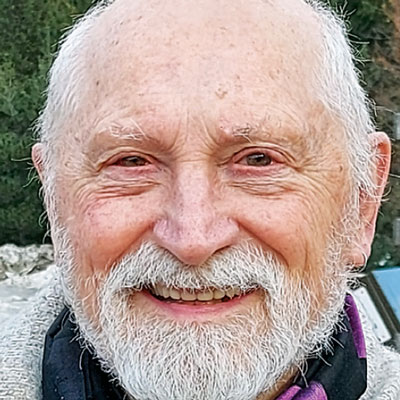When it comes to creating art, we need to understand the difference between secular and spiritual art. I have absolutely no problem with the goals of secular art because, in its highest form, it expresses who we are as human beings. Nevertheless, spiritually inspired art is different in some interesting ways; and, in effect, it is the desire of the artist to be open to the working of the Holy Spirit. This means that the artist is detached from the results of creativity. The work is for the community of believers: a matter of faith. Secular art, as a way of self-expression, is often “art for art’s sake,” and for the purpose of self-fulfillment.
There are many different ways art is used in the world. In some cases, it is part of a healing process. Not only do people, who are experiencing grief and mental health issues, find release in creating art, but so do people who are incarcerated in prison. For them, art is cathartic.
The intention behind the creation of art, and to whom it is dedicated, is important. Who inspires the work plays a significant role. The Greeks believed that ‘inspiration’ or ‘enthusiasm’ came from the muses, or from the gods Apollo and Dionysus. Similarly, inspiration is a divine matter in Hebrew poetics; notably, the Psalms and Song of Songs. In Christianity, inspiration is powered by the Holy Spirit.
The Greeks thought that the poet went into a divine frenzy, or a kind of poetic madness. The poet would be transported beyond his own mind and given the thoughts of gods or goddesses. However, for me, I have been influenced by a movement of artists that originated in the early part of the 20th century. These artists practiced what was called ‘automatism’.
Automatism allows inspiration to flow and the result accepted without refinement or editing. This movement led to what is called ‘stream of consciousness’ writing, Surrealism and such movements as ‘action painting’. Free verse was also influenced by automatism.
This methodology shows up in ‘improv’ workshops, and in art inspired by dreams. Sigmund Freud’s theories regarding dream analysis and free association had a particularly profound impact on the art of his time.
In music, improvisation is not only a part of jazz, but has been an intrinsic part of Western classical musical performances. Performers are considered creators; Bach, Handel, Mozart, Beethoven, both Mendelssohn’s, Chopin, Robert and Clara Schumann, Liszt, Brahms and Debussy, just to mention a few. Essentially, creative artists of all disciplines allow the spirit of inspiration to move them in wonderful ways.
From a Christian perspective, when we are led by the Holy Spirit, we give credit to the One who inspires us.
Recently, I saw a video that went viral on Facebook. It was of a flock of birds creating beautiful patterns as they flew together. The caption was, “And they say there is no God!” Watching this display, one wonders who this dance was for, the birds or for those of us watching them. To celebrate the aesthetic that is in nature is to appreciate the sublime — the Divine.


